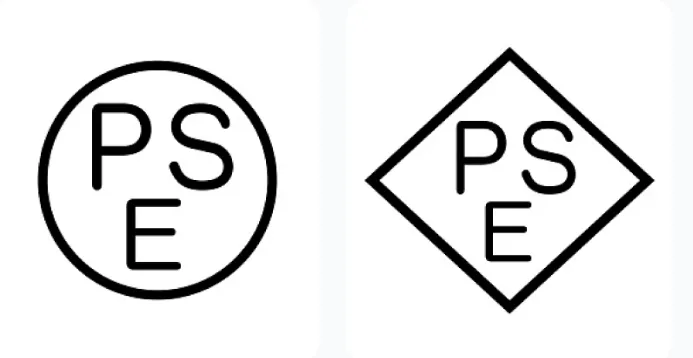
Is the EU CE-RED Certification Mandatory?
CE-RED certification, also known as Red Certification (European Radio Equipment Certification), is a mandatory certification for wireless products entering the European market.
The CE (Conformité Européenne) mark is a safety certification label, often referred to as the "passport" for manufacturers to access the European market. In the EU market, the CE mark is a mandatory certification label. Products bearing the CE mark can be sold in all EU member states without having to meet the specific requirements of each country. This facilitates the free movement of goods within the EU.
Is RED Certification Mandatory?
Yes, RED certification is one of the mandatory CE certification schemes for wireless products in the EU. Wireless products that emit frequencies, such as:
- Wireless doorbells
- Bluetooth devices
- Wireless routers
- WiFi devices
- Wireless alarm systems
- Radio reception and transmission devices
- Telephones
- Computers, etc.
... are required to apply for RED certification.
RED Testing Items Include:
1. Electromagnetic Compatibility (EMC) testing
2. Safety testing (LVD) – The new directive also requires this test for RF products with battery inputs.
3. Radio Frequency (RF) testing – According to European ETSI standards for radio communication equipment.
4. Information Notification – Regarding European allowed frequency spectrum.
5. CTR (TBR) testing
6. Electrical safety and health protection testing – Including SAR evaluation.
Scope of CE-RED Certification:
1. Short-Range Wireless Remote Control Products (SRD), such as:
- Remote control toy cars
- Remote alarm systems
- Remote doorbells
- Remote switches
- Remote MICe and keyboards
- Etc.
2. Professional Radio Remote Control Products (PMR), such as:
- Professional wireless intercoms
- Wireless microphones
- Etc.
3. Wireless telephones: CTO, CT1, CT1+
4. ISDN (Digital telephone products)
5. DECT (Enhanced digital wireless telephones)
6. Mobile phones: GSM, CDMA testing
7. Bluetooth products, such as:
- Bluetooth headsets
8. Inductive data transmission devices with working frequencies < 9 kHz
9. Wireless broadcasting reception equipment
Documents Required for RED Certification:
1. User manual
2. Circuit schematic diagram
3. Block diagram (also called the functional modULe diagram)
4. Circuit layout diagram (PCB LAYOUT)
5. Component placement diagram (PCB placement)
6. Operation description (explanation of the block diagram)
7. Bill of Materials (BOM LIST)
8. Product label
9. Fixed frequency software (also called fixed frequency programming, allowing the transmission module to transmit continuously at a specific frequency point; typically required for Bluetooth and WiFi devices).
Email:hello@jjrlab.com
Write your message here and send it to us
 What is Amazon TIC and How Can Sellers Achieve Com
What is Amazon TIC and How Can Sellers Achieve Com
 2026 Battery UN38.3 Certification (Test Report) &a
2026 Battery UN38.3 Certification (Test Report) &a
 What is the IEC 62680 Standard? Compliance Interpr
What is the IEC 62680 Standard? Compliance Interpr
 Amazon Japan December Compliance Requirements
Amazon Japan December Compliance Requirements
 How to Check a CPSC-Accepted Laboratory?
How to Check a CPSC-Accepted Laboratory?
 WEEE Registration for Waste Electrical &Electr
WEEE Registration for Waste Electrical &Electr
 MSDS Chemical Safety Testing
MSDS Chemical Safety Testing
 What Are the Differences Between UK REACH and EU R
What Are the Differences Between UK REACH and EU R
Leave us a message
24-hour online customer service at any time to respond, so that you worry!




